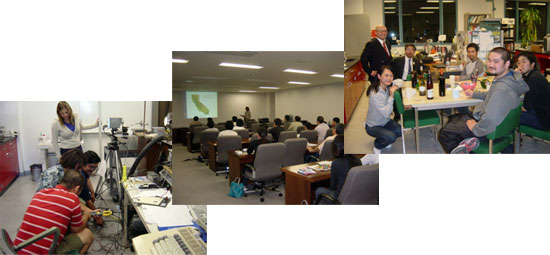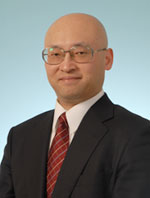TOP PAGE > Research Focus
Research Focus
-

The objective of the Laboratory is the creation and evaluation of inorganic materials made from innovative processes that have a low environmental impact. Thus our work is related to both fundamental and applied research. In particular, the Laboratory specializes in the development of nano-structured materials. Specifically, the Laboratory carries out research into mechanochemical processes, combustion synthesis, induction field-activated synthesis, spark plasma sintering, and other new types of processing. In addition, the Laboratory is actively applying for and obtaining domestic and international patents related to the development of new materials. 
Cutting tool material
Abrasion resistant material
High-strength carbon material
Material for high-temperature molds (High-density ceramics)
Thermoelectric conversion material
Hydrogen Storage Materials
Name: Manshi Ohyanagi
Academic Degree: Doctor of Engineering
Department: Materials Chemistry
Position: Professor
Inorganic synthetic chemistry and properties (Development of powdered, porous, and compact materials)
Green processes and materials (In particular, energy-saving processes and hydrogen absorbing alloys)
Combustion synthesis,
Induction field-activated synthesis,
Mechanochemical synthesis,
Spark plasma sintering,
Nano structural material (Nano-powder and nano-structured material),
Ceramic, Metal-ceramic compound, Alloy,
Inorganic material with high-melting point (Heat resistant, anti-corrosive, and abrasion resistant),
Synthesis and sintering of high-melting-point, non-oxide nano-powder (e.g. carbide, nitride, boride),
Carbon material,
Diamond composite,
Hydrogen absorbing alloy,Mechanical,
thermoelectric, and heat conduction properties of inorganic material
In the long-term, the Laboratory focuses on low environmental impact processing of inorganic material such as ceramics and alloys and the evaluation of their properties. (For example, these processes include combustion synthesis, induction field-activated synthesis, mechanochemical synthesis, and spark plasma sintering.) In addition, there is a long-term focus on nano-structured material.
Silicon carbide (Nano-structured material),
Carbon material (Sintering),
Boron nitride (Sintering),
Boron carbide (Nano-powder),
Sintering of composites containing three or more elements (boron, carbon, nitrogen, and silicon) to form them and the examination of their mechanical properties,
Hafnium boride composite, hydrogen storage magnesium alloy (nano-structured material), and other hydrogen storage alloys (e.g. LaNi5, TiMn, TiCrV)
The Ohyanagi Laboratory engages in research giving careful regard to environmental impact and energy-saving processes. Above all, we want our Laboratory to thrive on a spirit of innovation through positive and constructive research activities.-

High-Energy Ball Mill

1. Develop low-temperature synthesis and low-temperature sintering of ceramics made from a combination of mechanochemical processes and spark plasma sintering. Evaluate their properties and analyze the processes.
2. Analyze the effect of pulse current pressure in mass transfer, and develop bulk ceramics using pulse current pressure.
3. Synthesize nano-structured hydrogen absorbing materials and evaluate the properties of hydrogen absorbing materials that are made using a catalytic agent.
4. Synthesize nano-structured composite particles using induction field-activated synthesis and evaluate their properties.-
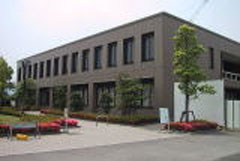
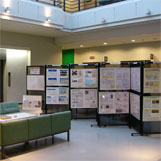
-
In April 2006, the Ministry of Education, Culture, Sports, Science and Technology (MEXT) launched the High-Tech Research Center Project (HRC). Shortly thereafter, the Innovative Materials and Processes Research Center (IMPRCenter) was established for a term of five years to focus on the development of innovative materials for the effective use of energy.
The IMPRCenter is operated by the Department of Materials Chemistry in cooperation with the Department of Mechanical and Systems Engineering and the Department of Electronics and Informatics. The Center has 16 professors, two postdoctoral fellows, and two research assistants. -

1. Hydrogen storage Material: Mg2Ni (3.6wt% hydrogen uptake)
(Hydrogen reversible adsorption and desorption at 250oC)
2. Conductive high dense SiC bulk without sintering additive
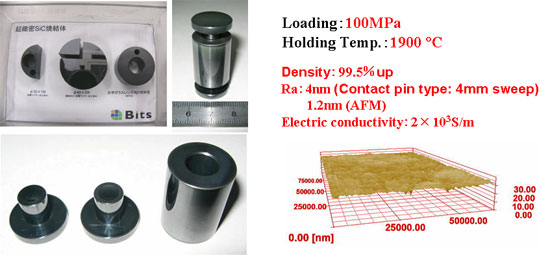
-

With a focus on developing new materials based on innovative processes, this Laboratory encourages the participation of young, energetic students who have an interest in our fields of research.
Thus we enthusiastically welcome all of whom would like to do research from the viewpoints of theory and experimentation.
In addition, the Laboratory extends a special invitation to students who are looking ahead to graduate school. A year of lab experience would be very beneficial in immersing you in the world of chemistry and inorganic materials, and in teaching you the responsibilities of research.